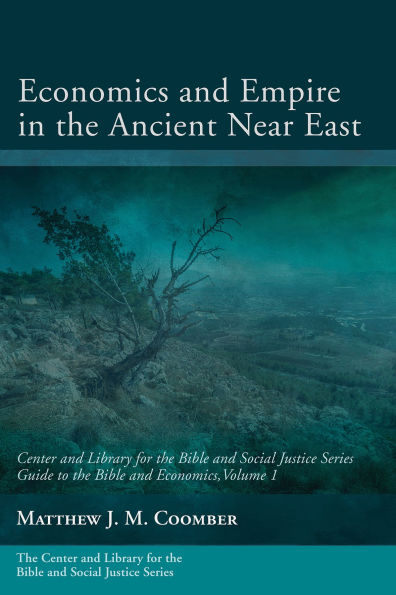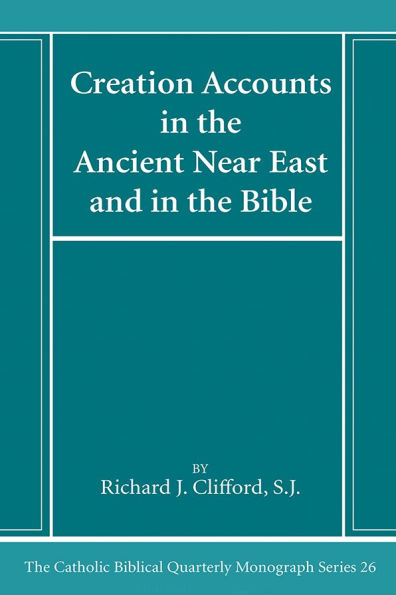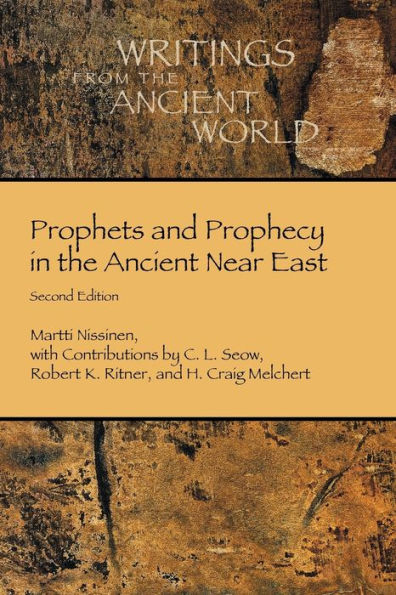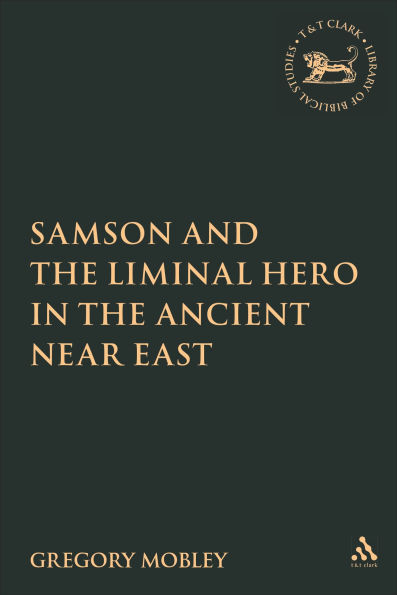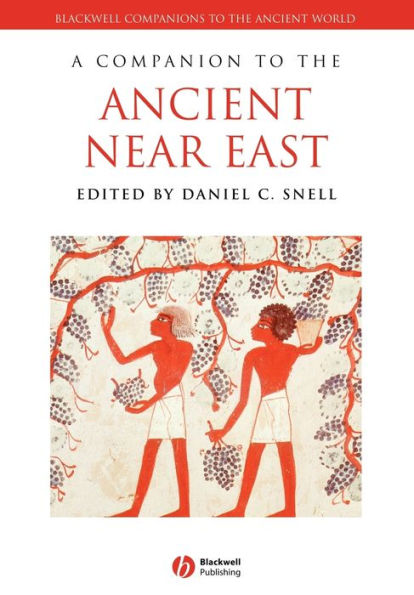Home
Economic Structures of the Ancient Near East
Barnes and Noble
Loading Inventory...
Economic Structures of the Ancient Near East in Franklin, TN
Current price: $120.00

Barnes and Noble
Economic Structures of the Ancient Near East in Franklin, TN
Current price: $120.00
Loading Inventory...
Size: Hardcover
Economic Structures of the Ancient Near East
(1985) is a political economy of antiquity which applies the universal conclusions of theoretical economics to the interpretation of economic life. The first part of the book shows that the analysis of transaction costs – that is, the resources used up in exchanging ownership rights including costs of communication and of designing and enforcing contracts – provides numerous insights into the structure of the ancient economy. The role of temples as centres of commerce, inculcation of professional standards by gods, elevation of technology to the status of divine gift, religious syncretism and fetishism and many more seemingly exotic practices are comprehended as elements in a strategy to cope with high transaction costs by increasing the stock of what might be called trust capital. It is shown that similar considerations lie behind the ubiquity of diversified, multinational family firms, the prominent entrepreneurial role of high-born women, the prominence within the contractual process of publicly performed conventional gestures and recitations, and the intrusion of gifts, friendship, and other manifestations of personal economics into exchange relationships. The book goes on to examine carefully, and then reject, the view of economic historian Karl Polanyi and others that the ancient Near East lacked true markets for consumer goods and productive factors. The direct evidence of market exchange (local and long distance), occupational specialisation, supply-demand determined prices, investment in material and human capital, production for the market, and other ‘modern’ traits is uneven with respect to place and time, but nevertheless abundant. The requisite market functions demanded by Polanyi, including a market for labour (slave and free) and elaborate credit and investment markets, can be seen plainly from very early times. Finally, the book deals with the impact on the ancient Near Eastern economy of changes in economic incentives and of changes in economic policy. It becomes evident that ancient economies were capable of making profound alterations in order to take advantage of new economic opportunities. It is also shown that the ancient Near East was not static, as is usually asserted: periods of pervasive economic regulation by the state are interspersed with lengthy periods of relatively unfettered market activity and growth.
(1985) is a political economy of antiquity which applies the universal conclusions of theoretical economics to the interpretation of economic life. The first part of the book shows that the analysis of transaction costs – that is, the resources used up in exchanging ownership rights including costs of communication and of designing and enforcing contracts – provides numerous insights into the structure of the ancient economy. The role of temples as centres of commerce, inculcation of professional standards by gods, elevation of technology to the status of divine gift, religious syncretism and fetishism and many more seemingly exotic practices are comprehended as elements in a strategy to cope with high transaction costs by increasing the stock of what might be called trust capital. It is shown that similar considerations lie behind the ubiquity of diversified, multinational family firms, the prominent entrepreneurial role of high-born women, the prominence within the contractual process of publicly performed conventional gestures and recitations, and the intrusion of gifts, friendship, and other manifestations of personal economics into exchange relationships. The book goes on to examine carefully, and then reject, the view of economic historian Karl Polanyi and others that the ancient Near East lacked true markets for consumer goods and productive factors. The direct evidence of market exchange (local and long distance), occupational specialisation, supply-demand determined prices, investment in material and human capital, production for the market, and other ‘modern’ traits is uneven with respect to place and time, but nevertheless abundant. The requisite market functions demanded by Polanyi, including a market for labour (slave and free) and elaborate credit and investment markets, can be seen plainly from very early times. Finally, the book deals with the impact on the ancient Near Eastern economy of changes in economic incentives and of changes in economic policy. It becomes evident that ancient economies were capable of making profound alterations in order to take advantage of new economic opportunities. It is also shown that the ancient Near East was not static, as is usually asserted: periods of pervasive economic regulation by the state are interspersed with lengthy periods of relatively unfettered market activity and growth.
Economic Structures of the Ancient Near East
(1985) is a political economy of antiquity which applies the universal conclusions of theoretical economics to the interpretation of economic life. The first part of the book shows that the analysis of transaction costs – that is, the resources used up in exchanging ownership rights including costs of communication and of designing and enforcing contracts – provides numerous insights into the structure of the ancient economy. The role of temples as centres of commerce, inculcation of professional standards by gods, elevation of technology to the status of divine gift, religious syncretism and fetishism and many more seemingly exotic practices are comprehended as elements in a strategy to cope with high transaction costs by increasing the stock of what might be called trust capital. It is shown that similar considerations lie behind the ubiquity of diversified, multinational family firms, the prominent entrepreneurial role of high-born women, the prominence within the contractual process of publicly performed conventional gestures and recitations, and the intrusion of gifts, friendship, and other manifestations of personal economics into exchange relationships. The book goes on to examine carefully, and then reject, the view of economic historian Karl Polanyi and others that the ancient Near East lacked true markets for consumer goods and productive factors. The direct evidence of market exchange (local and long distance), occupational specialisation, supply-demand determined prices, investment in material and human capital, production for the market, and other ‘modern’ traits is uneven with respect to place and time, but nevertheless abundant. The requisite market functions demanded by Polanyi, including a market for labour (slave and free) and elaborate credit and investment markets, can be seen plainly from very early times. Finally, the book deals with the impact on the ancient Near Eastern economy of changes in economic incentives and of changes in economic policy. It becomes evident that ancient economies were capable of making profound alterations in order to take advantage of new economic opportunities. It is also shown that the ancient Near East was not static, as is usually asserted: periods of pervasive economic regulation by the state are interspersed with lengthy periods of relatively unfettered market activity and growth.
(1985) is a political economy of antiquity which applies the universal conclusions of theoretical economics to the interpretation of economic life. The first part of the book shows that the analysis of transaction costs – that is, the resources used up in exchanging ownership rights including costs of communication and of designing and enforcing contracts – provides numerous insights into the structure of the ancient economy. The role of temples as centres of commerce, inculcation of professional standards by gods, elevation of technology to the status of divine gift, religious syncretism and fetishism and many more seemingly exotic practices are comprehended as elements in a strategy to cope with high transaction costs by increasing the stock of what might be called trust capital. It is shown that similar considerations lie behind the ubiquity of diversified, multinational family firms, the prominent entrepreneurial role of high-born women, the prominence within the contractual process of publicly performed conventional gestures and recitations, and the intrusion of gifts, friendship, and other manifestations of personal economics into exchange relationships. The book goes on to examine carefully, and then reject, the view of economic historian Karl Polanyi and others that the ancient Near East lacked true markets for consumer goods and productive factors. The direct evidence of market exchange (local and long distance), occupational specialisation, supply-demand determined prices, investment in material and human capital, production for the market, and other ‘modern’ traits is uneven with respect to place and time, but nevertheless abundant. The requisite market functions demanded by Polanyi, including a market for labour (slave and free) and elaborate credit and investment markets, can be seen plainly from very early times. Finally, the book deals with the impact on the ancient Near Eastern economy of changes in economic incentives and of changes in economic policy. It becomes evident that ancient economies were capable of making profound alterations in order to take advantage of new economic opportunities. It is also shown that the ancient Near East was not static, as is usually asserted: periods of pervasive economic regulation by the state are interspersed with lengthy periods of relatively unfettered market activity and growth.
